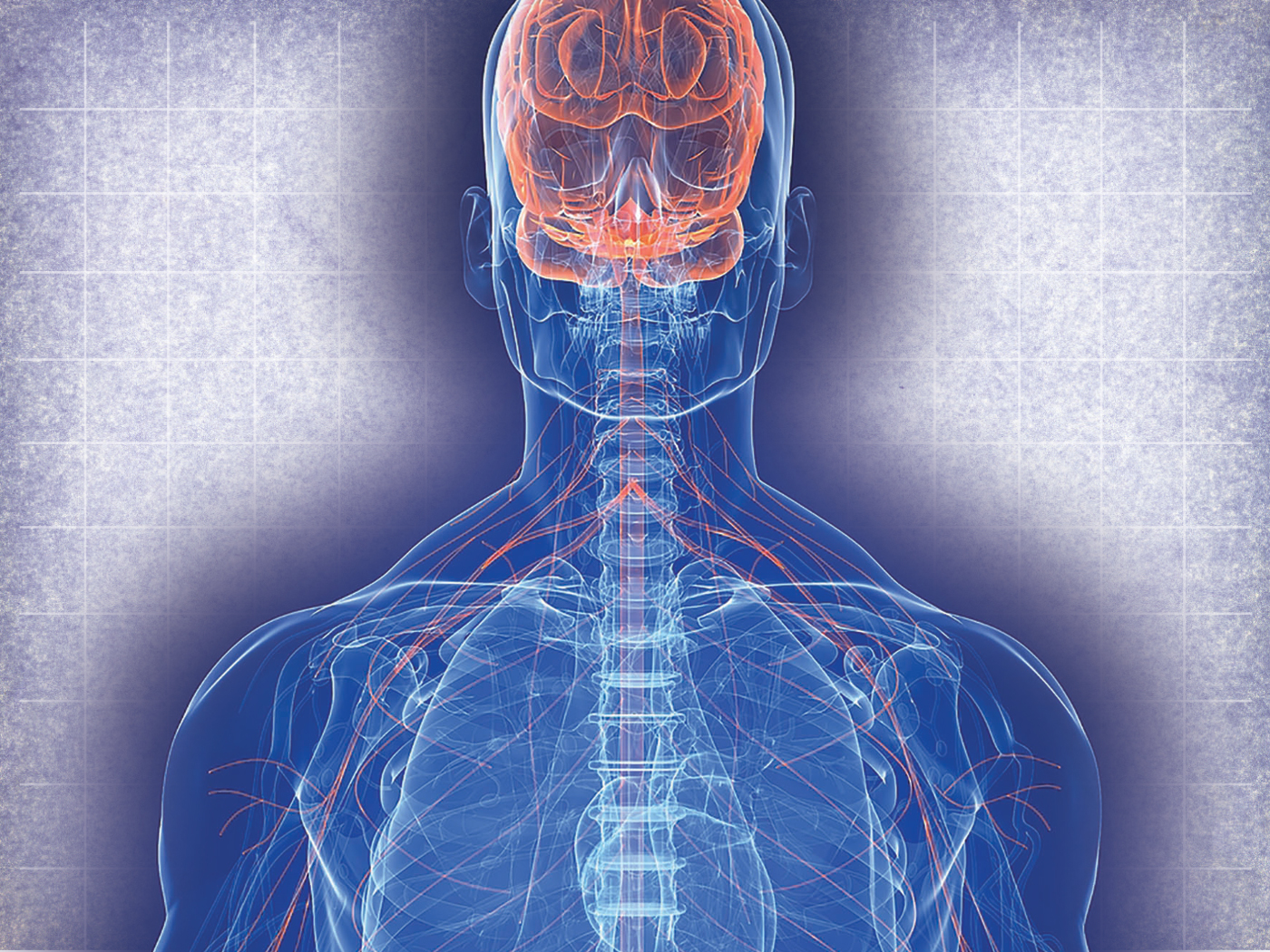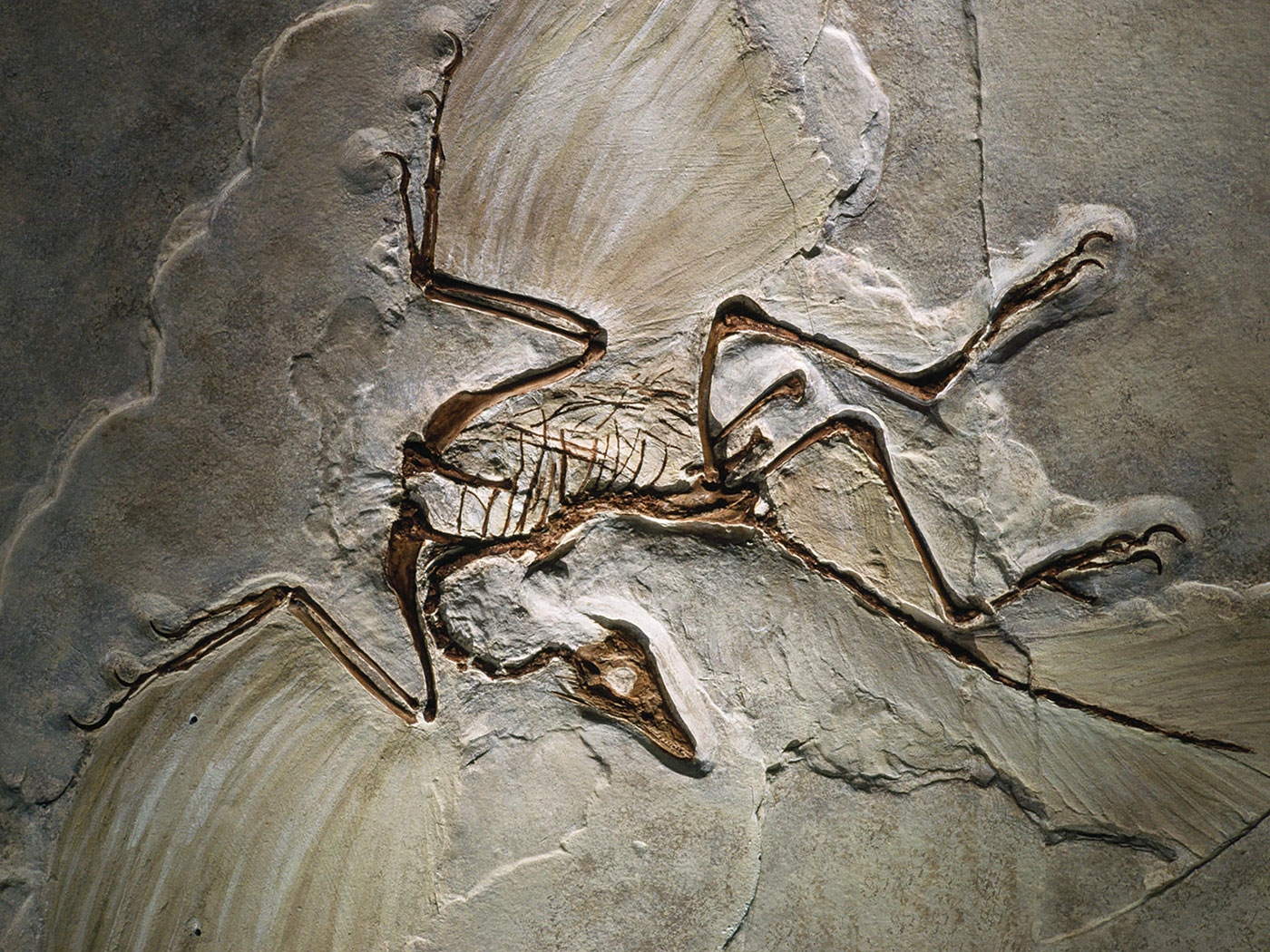 A popular film version of Charles Dickens’ A Christmas Carol begins, “Old Marley was as dead as a doornail. This must be distinctly understood if anything of use is to come of this story.” This contextual information is vital for understanding what is about to happen in the film.
A popular film version of Charles Dickens’ A Christmas Carol begins, “Old Marley was as dead as a doornail. This must be distinctly understood if anything of use is to come of this story.” This contextual information is vital for understanding what is about to happen in the film.
Last month’s Engineered Adaptability article1 was likewise crucial to set the stage for the remainder of this series. It described how Charles Darwin’s environment-centered externalism focuses on nature as the creative agent of change for organisms. The answer to that is the development of a design-based, organism-focused explanation for creatures’ adaptability—which is what the coming articles are slated to do.
Vital Background about Evolution’s External Causation
The key point of last month’s article can be best summed up in the words of the famous Harvard evolutionist Stephen Gould, who stated:
Darwin’s theory, in strong and revolutionary contrast, presents a first “externalist” account of evolution….Darwin overturned all previous traditions by thus granting the external environment a causal and controlling role in the direction of evolutionary change.2
Darwin pioneered a fundamentally different concept of nature as the agent of design for organisms. He proposed a way in which effects normally achieved through the agency of a designer would now be credited to natural processes.
“...adaptation did not enter biology with the advent of evolutionary theory.” ![]()
Externalists see the environment as the subject acting on an organism as an object. They view organisms as modeling clay squeezed by the hands of the environment over time via “selective pressures” that are external to, and imposed on, organisms. Additionally, they consider that “the environment directly instructs the organism how to vary” during adaptation.3 Believing that nature’s selection process operates in a way similar to human volition, externalists see nature as exercising an agency that enables it to see, select, save, and build organisms. Thus, nature is the cause of life’s diversity. Those trained in biology view living things through the lens of Darwin’s bold counter-perception of organisms as the objects of environmental actions.
Evolutionary theorist Daniel Dennett reveals why externalistic causation is essentially the opposite of intelligent design:
You’ll never see a spear making a spear maker. You’ll never see a horse shoe making a blacksmith. You’ll never see a pot making a potter. It is always the other way around and this is so obvious that it just seems to stand to reason….[Intelligent design] captures this deeply intuitive idea that you never get design for free…which Darwin completely impugns with his theory of natural selection. And he shows, [expletive] no, not only can you get design from un-designed things, you can even get the evolution of designers from that un-design.4
This is a natural conclusion from the notion that nature exercises selective agency to mold living things. Causality is linked to credit—or blame—for why something exists or happens. Darwin was very knowledgeable of biological-design theory and recognized this.5 But Darwin’s approach is not a necessity of scientific methodology and is only the expression of his naturalistic worldview. Even though his externalism projects mystical powers onto nature and invokes such expansive imagination where pots make potters and nature crafts designers, externalists must adhere to it, as Harvard geneticist Richard Lewontin candidly says, “no matter how counter-intuitive, no matter how mystifying to the uninitiated”6 because of their rigid commitment to naturalism.
Internal Mechanisms Cause Organisms to Track Changing Conditions
Yet another approach sensibly uses engineering principles to explain biological systems that fit patterns of design—no initiation is required. Organisms wouldn’t be viewed as passive modeling clay but seen as having engineered innate adaptability that enables them to be active, problem-solving entities. Discoveries of diverse internal mechanisms foster another new concept: Adaptation is based on a compilation of engineered systems that enable rapid growth and physiological changes to environmental cues and challenges.
A design-based, organism-focused model could posit that as organisms actively travel through space-time, they continuously track environmental conditions, and their inherent capabilities express suitable traits. These features are the outworking of systems with intrinsic sensors and programmed logic that are accurately described with engineering causality—which is characterized as internal to them.
A Description and Illustration of Engineering Causality
Engineering causality is different from philosophical, psychological, theological, or other causation. Engineering causation focuses on whole systems and not individual elements. Since the entire system ceases to function with the loss of any vital element, then no single element is declared to be causal. Engineering causes are distinguished by clarity, objectivity, and thoroughness. Only verifiable elements are included—and no vital element is omitted—in causal chains. In this article series, these chains generally link genetics or epigenetic information through specific cellular systems to modified traits and then to the specific environmental conditions to which they are related.
It would seem natural to incorporate this objective approach into biological research that is already reverse-engineering biological systems by methodically disassembling their components. It would also be beneficial to know the basic engineering principles governing how systems that automatically self-adjust to dynamic external conditions work—if someone wants to know what causes them to work.
When engineers design self-adjusting systems, they know up front the causes of adaptability. But if non-engineers are amenable, they too can apply engineering principles and causation. The best way to understand engineering causality is to think through the design of a simple adaptable object.
Let’s say you felt that poor nighttime visibility around your front door was a problem, so you wanted to design a porch light that turned on when someone approaches at night. After obtaining an outlet and bulb and connecting wires to an electrical source, you observe that darkness and human motion by themselves don’t turn on lights. So, those external conditions cannot cause your light to activate. But you, as the designer, can specify these conditions to be stimuli if they are present. Simply specifying these conditions isn’t enough, though. You must equip your light with detectors sensitive to those conditions. You then include a logic device that you program to integrate the data coming from your detectors so that if (+) darkness and (+) motion then a switch closes to allow electricity to flow to your light bulb. You also note that your porch light is a self-adjusting system, it is a self-contained entity, and it is actually working all the time—even when the light isn’t on.
Causality is linked to credit—or blame—for why something exists or happens. ![]()
What does your project highlight about engineering causality? The entire capacity for your device to both relate and adapt to external conditions is built into the device. The detectors, logic mechanism, and output switching are all internal. The traits you incorporated into your system are what specify that only certain external conditions are stimuli. The information reflected in the order of system elements, specification of stimuli, etc., is all internal. The proper outworking of internal systems causes purposeful function. In terms of external conditions, darkness and motion are variables that are either present or not (among a myriad of conditions) and are insufficient in themselves to cause your system to function.
In this illustration, how would engineering causation be distinguished from a typical scenario based on external causation? Engineering causal chains do not omit vital elements, so causality would not go directly from darkness/motion to lighting while skipping the key detectors, logic mechanism, and output switch. And since chains include only verifiable elements, no mystical “selection…[by] natural forces, lacking any purposiveness or prevision of future possibilities” is inserted as “a designer substitute.”7 If your light functions properly, credit, which is linked to causality, is due to a successful internal design and not because it was mysteriously favored by the problem it solved (i.e., darkness).
Internal Causation and Engineered Adaptable Systems
Engineers may choose from several design strategies to deal with the challenge of uncertainty. They may incorporate very complicated systems, or they may try to prevent failure by including overlapping (i.e., redundant) systems. Another strategy designs “adaptability”—that is, systems that allow it to variably respond to variable conditions.
A self-directed, autonomous, and adaptable entity may need external resources for, say, fuel or building materials, which its systems process. But that need should not be confused with causation. Adaptable function is obtained from its internal systems as verified by the following features.
- Internal programming, systems, and trait characteristics specify only certain external conditions that an entity can relate to and how it will respond.
- Trait characteristics determine the success/failure of an entity in solving the problems of an external exposure. Treating external conditions as exposures is the approach adopted in medical research and biomedical engineering.
- If the entity fails to achieve desired function, the entity is predominantly the focus of designers’ modifications—not external conditions.
- External conditions are not in and of themselves inducers, triggers, or regulators, but internal information can specify a condition to be a stimulus or cue. A specific detector sensitive to a condition is integrated within the entity to trigger or induce responses.
- Sophisticated adaptability called artificial intelligence, which is the capacity to “learn” from historical exchanges with external conditions, must be programmed up front. If an entity will change over time due to both its nature and nurturing experiences, it must come equipped with a nature enabling it to be nurtured.
Biological Understanding May Be Clarified with Engineering Causality
In disciplines outside of engineering, identifying causality can be imprecise. Theology students could sit in the Coffee Cove debating the proximate cause, the secondary cause, the true cause, the theological cause, and so forth all day. Medical students routinely deliberate necessary versus sufficient causes for some diseases. My philosophy text describes multiple types of causality. There are entire books about some of them. Even with static items, for some scholars the subjective nature of identifying causality gets convoluted, and it is even harder for adaptable things.
The fact that creatures are adaptable lies at the heart of intelligent design and evolution disputes. Gould astutely observes:
The word adaptation did not enter biology with the advent of evolutionary theory. The Oxford English Dictionary traces this term to the early 17th century in a variety of meanings, all designating the design or suitability of an object for a particular function, the fit of one thing to another. The British school of natural theology used “adaptation” as a standard word for illustrating God’s wisdom by the exquisite fit of form to immediate function. Darwin, in borrowing this term, followed an established definition while radically revising the cause of the phenomenon.”8
Darwin inverted previous traditions by granting the external environment a causal role for adaptation that was the opposite of intelligent design. Even today, Darwin’s shift in causality is missed since people may not give much thought to how adaptable systems truly function. With only a cursory review, there appear to be two variable parts causing an organism’s response to environmental conditions: the organism’s obscure microscopic systems and readily seen external conditions. So, people can easily get confused.
These entangled concepts and definitions need to be carefully teased apart so we can make sense of the story. Sorting out a jumble of anything isn’t easy. If untangling Darwin’s confusion were simple, people would spot it immediately and be less prone to merely criticize the sufficiency of Darwin’s externalistic concepts rather than questioning their scientific validity. A framework allowing identification of methodically objective engineering causality within an organism’s systems could disentangle causes that are confusing externalists.
In addition, mounting research suggests that in accordance with engineering causality, organisms do utilize internal systems that have intrinsic sensors and programmed logic to continuously track environmental conditions and express suitable traits.
Evolutionists generally reject the concept that organisms were designed and resist integrating engineering principles into biology. They may respond that the type of adaptability this series is describing applies only to physiological adaptation and not cross-generationally, which they claim is due to random mutations causing changed traits that are selected by environments. Upcoming articles in this series will present reports calling into question the idea that there is a sharp distinction between physiological and cross-generational adaptation. They will examine the notion that many mutations are truly random and not the output of adaptable systems, as well as the relative role of genetic change in adaptation. Next month’s article will present a case study that illustrates the value of engineering causality in biology.
Click here for other articles in the Engineered Adaptability series.
References
- Guliuzza, R. 2017. Adaptability via Nature or Design? What Evolutionists Say. Acts & Facts. 46 (9): 17-19.
- Gould, S. J. 2002. The Structure of Evolutionary Theory. Cambridge, MA: Belknap Press of Harvard University Press, 161-162. Emphasis added.
- Kirschner, M. W. and J. C. Gerhart. 2005. The Plausibility of Life: Resolving Darwin’s Dilemma. New Haven, CT: Yale University Press, 3.
- SPIEGEL Interview with Evolution Philosopher Daniel Dennett: Darwinism Completely Refutes Intelligent Design. Der Spiegel. Posted on Spiegel.de December 26, 2005, accessed July 26, 2017.
- Darwin stated that he had nearly memorized William Paley’s Natural Theology, and Gould notes a tight correspondence between Paley’s and Darwin’s structure of argument. Gould, Structure of Evolutionary Theory, 116, 118.
- Lewontin, R. C. 1997. Billions and Billions of Demons. The New York Review of Books. 44: (1): 31.
- Dembski, W. A. 2004. The Design Revolution: Answering the Toughest Questions About Intelligent Design. Downers Grove, IL: InterVarsity Press, 263.
- Gould, Structure of Evolutionary Theory, 117. Emphasis added.
* Dr. Guliuzza is ICR’s National Representative. He earned his M.D. from the University of Minnesota, his Master of Public Health from Harvard University, and served in the U.S. Air Force as 28th Bomb Wing Flight Surgeon and Chief of Aerospace Medicine. Dr. Guliuzza is also a registered Professional Engineer.











